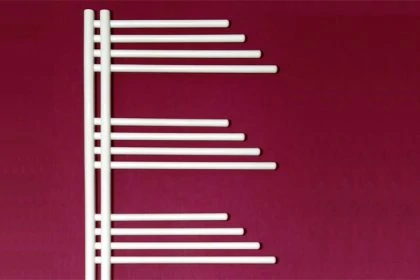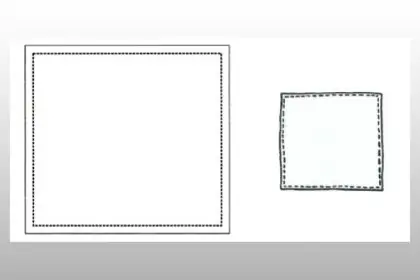Design protection is becoming more internationally bundled. China is adapting its design patent internationally today, on 1 June 2021, and the Eurasian Design Patent is also starting on 1 June 2021.
Outside Europe, a protected design is almost always called a “design patent” – a term that cannot even exist in German, as patent law and design law represent completely different areas of law and protection.
Design patent – the example of the USA
In the U.S. protection system, a so-called “utility design” protects the way an object is used and functions (35 U.S.C. 101), whereas a “design patent” protects the appearance of an object (35 U.S.C. 171). As in German and European design protection, U.S. design protection requires that the design be “original” and also not essentially determined by its technical function.
There is also much similarity between the U.S. design patent and the design protection in Germany and EU in the examination of protection requirements. The U.S. design patent must also have an inventive step, i.e. a certain creative achievement. Furthermore, anything that has been pre-published is novelty-destroying. Above all, however, the U.S. Patent Office checks whether the design is new – this is even more than is done in the offices in Germany and the EU.
There are differences in the terms of design protection. In the U.S., the term for so-called “design patents” is 15 years (35 USC § 171), and China also introduced this protection term for design patents on 1 June 2021.
In Germany and Europe, the maximum term for designs is longer (maximum 25 years, initial term 5 years), but must be maintained through incremental maintenance fees (which do not exist for the U.S. design patent).
It should also be noted that a priority period can be claimed for a design patent application in the U.S. if one has already filed a design for protection in e.g. Germany. However, the priority period for US design patents is only 6 months (and not 12 months as for patents).
Since 1 June 2021: Eurasian Design Patent
Today, on 1 June 2021, the Eurasian Patent Office will also start accepting and granting Eurasian Design Patents. As of 1 June 2021, this includes the Republic of Azerbaijan, the Republic of Armenia, the Republic of Kazakhstan, the Kyrgyz Republic and the Russian Federation. In all these countries, a Eurasian design patent has protective effect.
The Eurasian Patent Office (EAPO) is thus taking the next step towards international alignment of design protection.
In the field of patent protection, for example, EAPO has already entered into important cooperations. Currently, the EAPO runs permanent PPH programmes with the Japan Patent Office (JPO), the European Patent Office (EPO) and, since April 2021, also with the China National Intellectual Property Administration (CNIPA), as well as pilot programmes with the Korean Intellectual Property Office (KIPO) and the Finnish Patent and Registration Office (PRH).
International design protection with the Hague Agreement
International protection for designs can also be applied for under the so-called Hague Agreement concerning the International Registration of Industrial Designs (HMA). The application is filed at the DPMA, the European Union Intellectual Property Office (EUIPO) or the World Intellectual Property Organization (WIPO) in Geneva. An international registration designating Germany as the country of protection, for example, has the same effect as an application for protection in Germany under the German Design Act.
Currently, 74 countries are united under the Hague Agreement, in addition to the EU states also countries such as the USA, Japan and the Russian Federation.
However, the substantive requirements for protection that a design must fulfil under German and also European design law, namely novelty and individual character, are not examined by the offices and must be challenged in nullity proceedings if there is any doubt.
Please note in this context: since 2014 and the entry into force of the German Design Act, the novelty and individual character of a design application or design registration can be challenged in invalidity proceedings before the DPMA. This is much more cost-efficient because a challenge before the DPMA still happens before a court instance.
Do you want to protect or defend a design?
Our attorneys have many years of expertise in design law as well as in the entire field of intellectual property and are entitled to represent you before any court – in Germany and internationally. Our team also has country and language knowledge as well as legal expertise in China.
Please feel free to contact us if you are interested.

Sources:
Image:








Leave a Reply